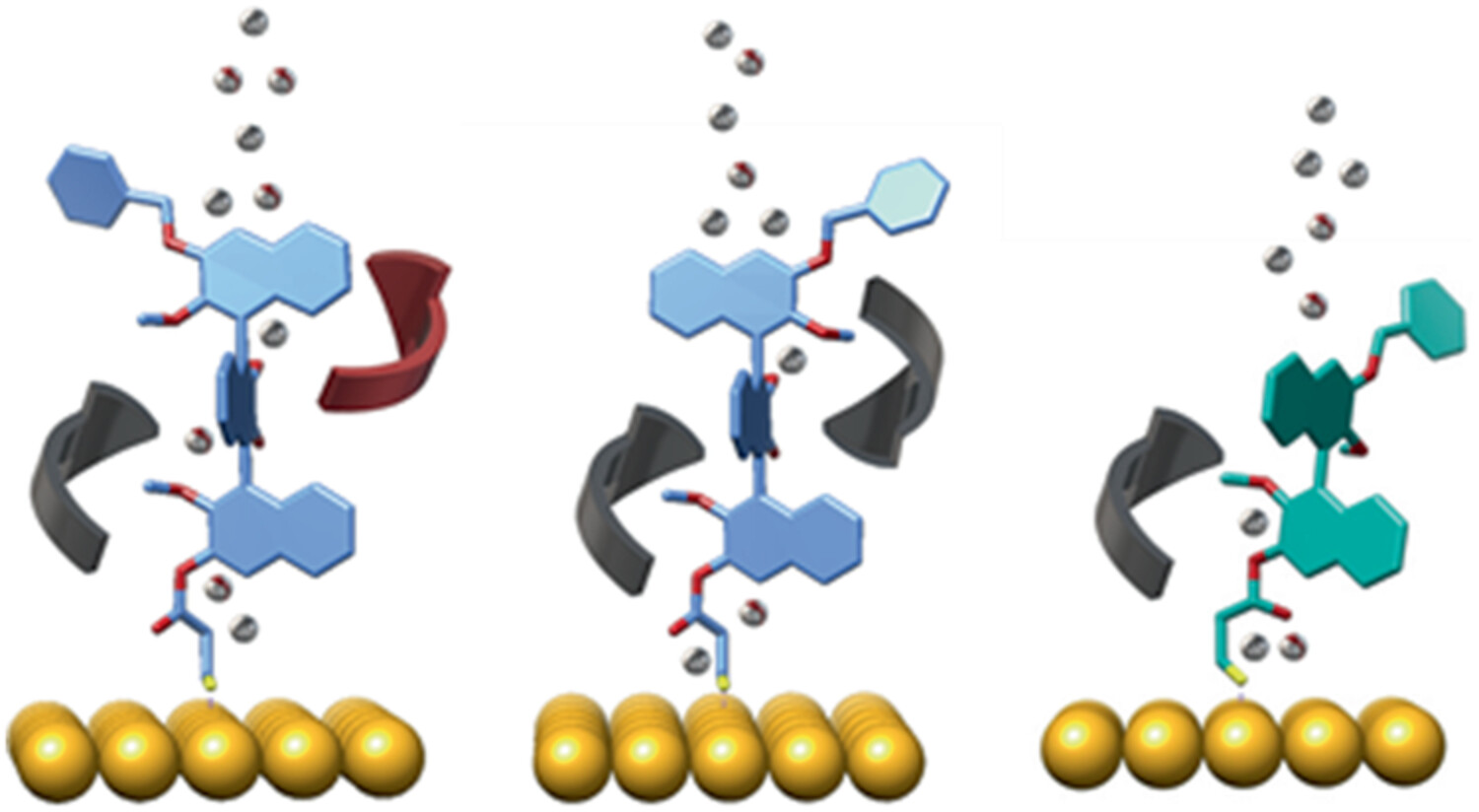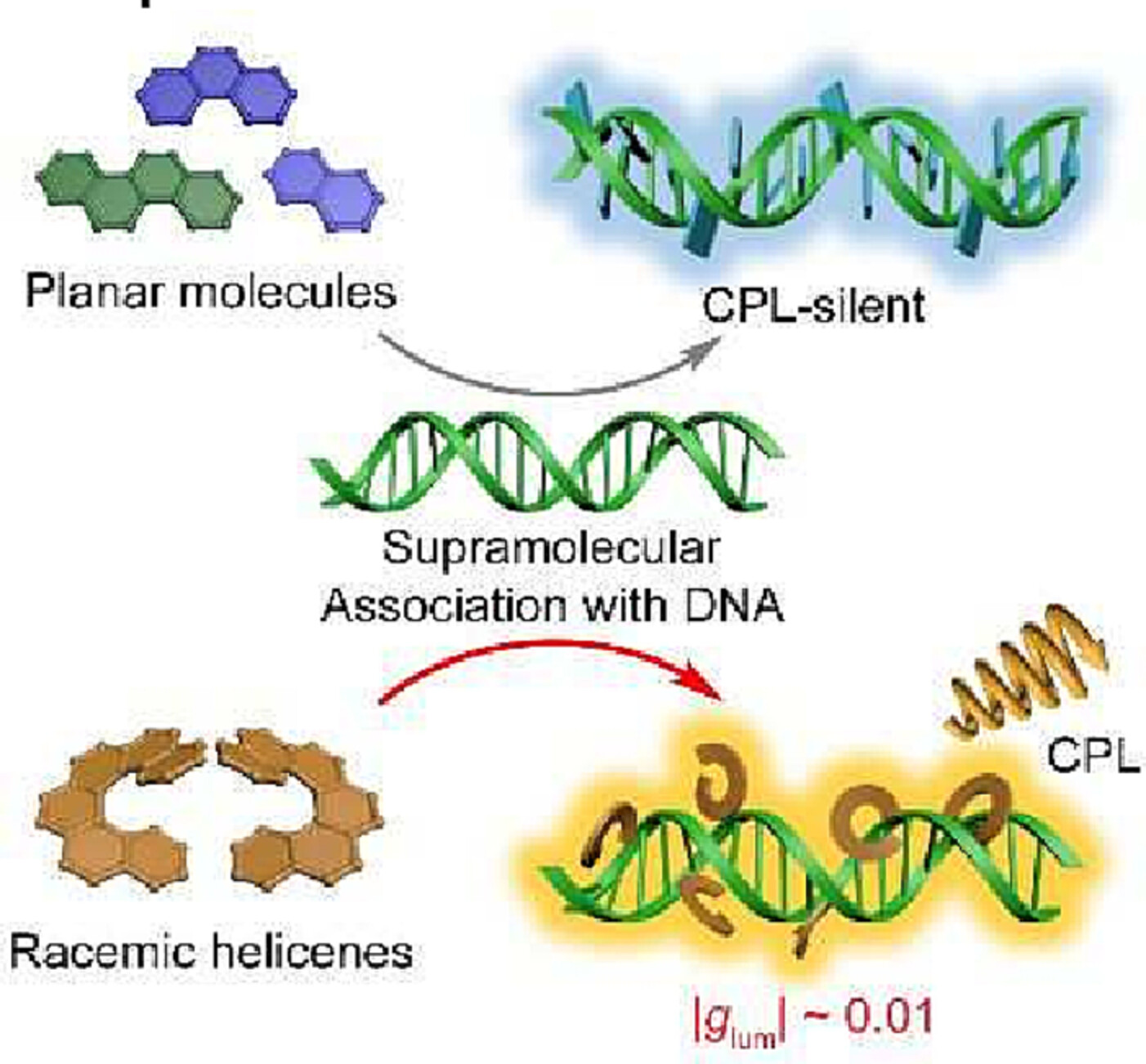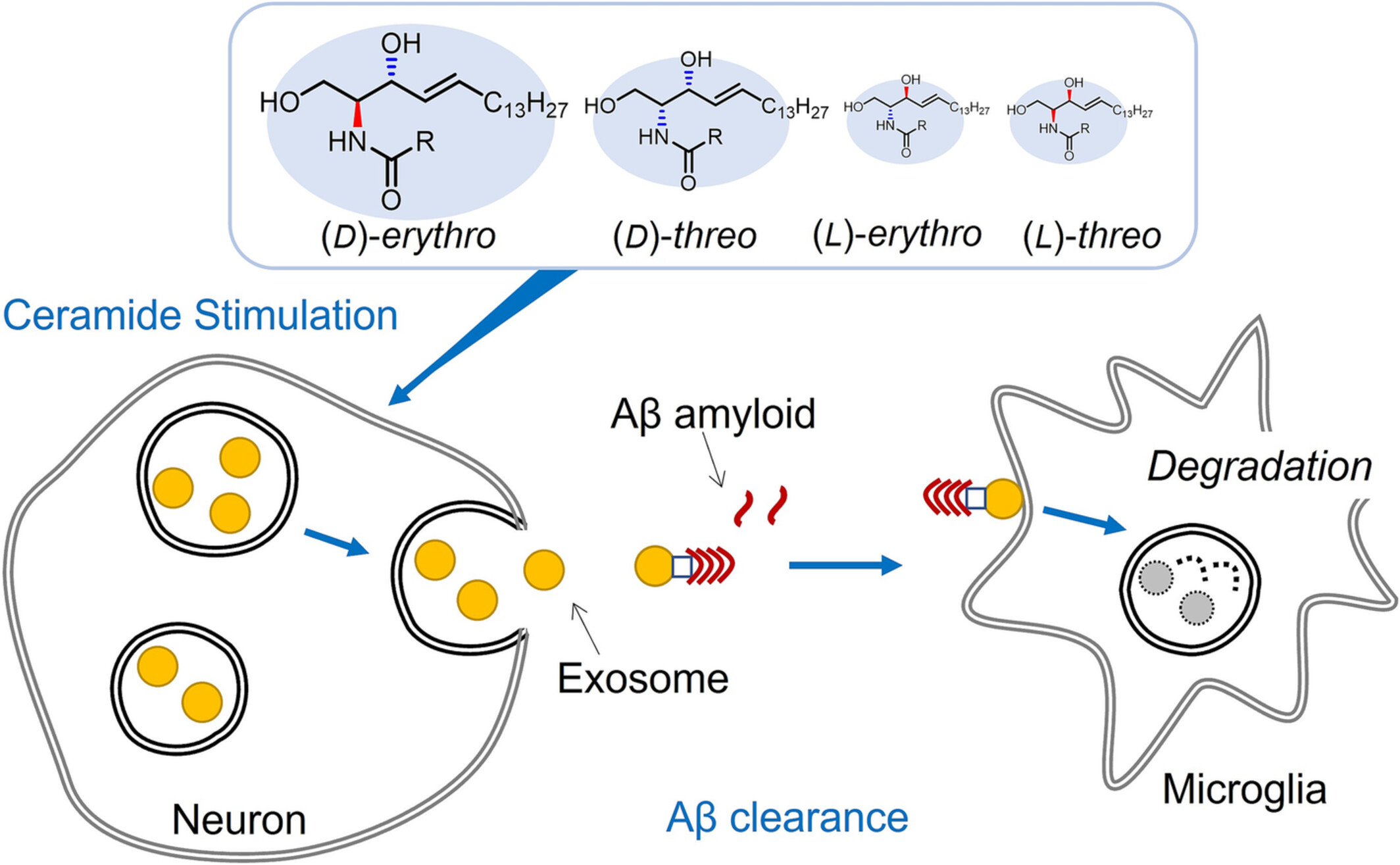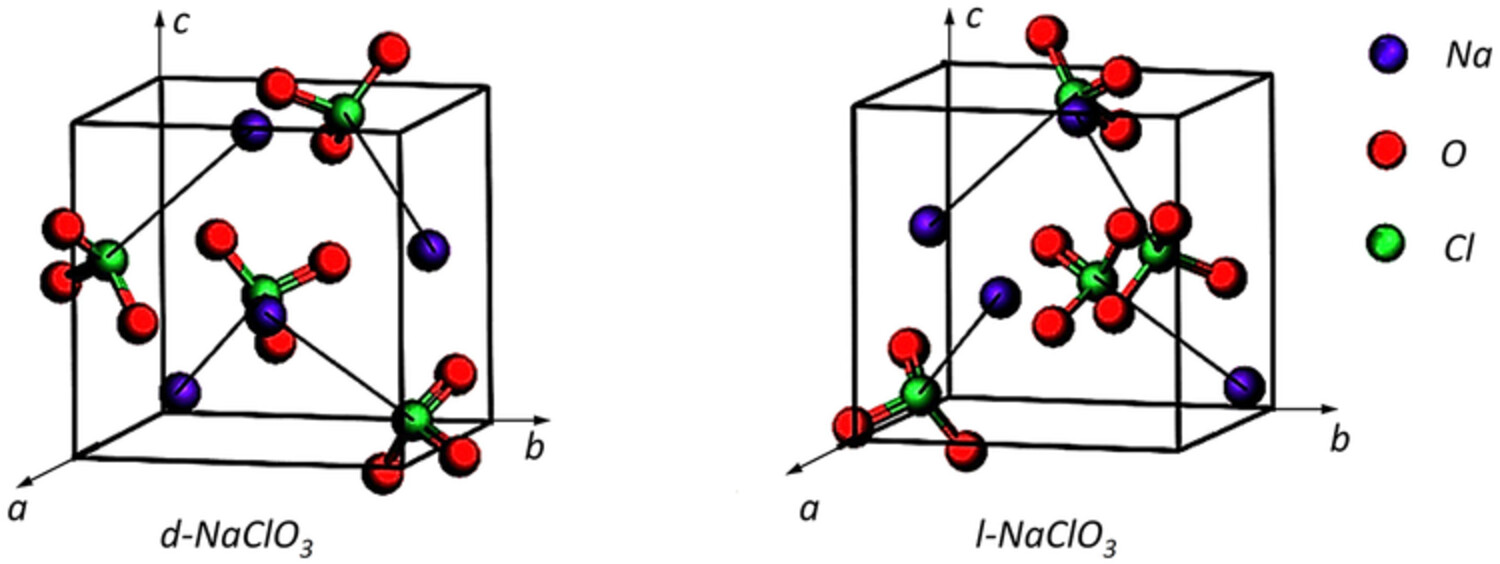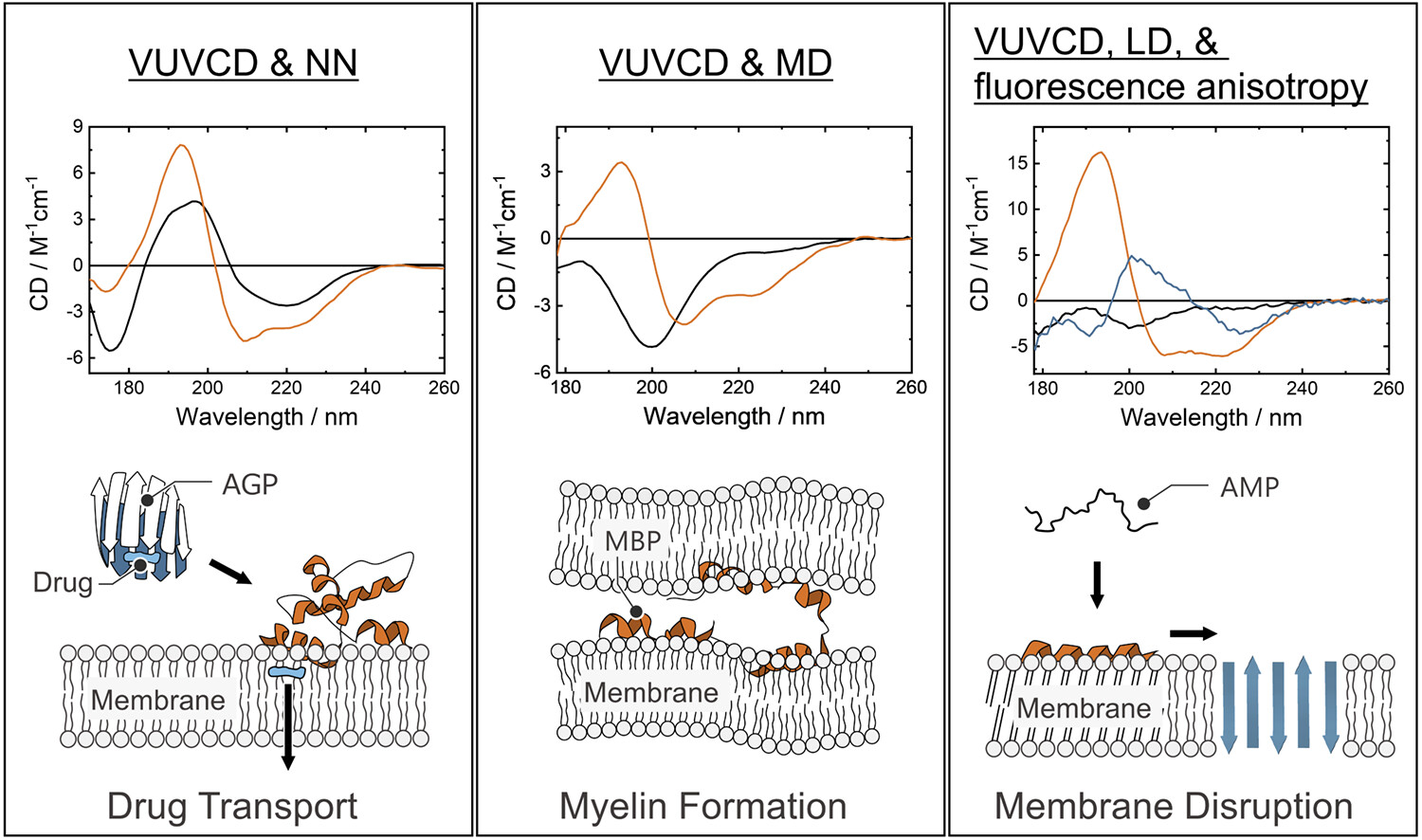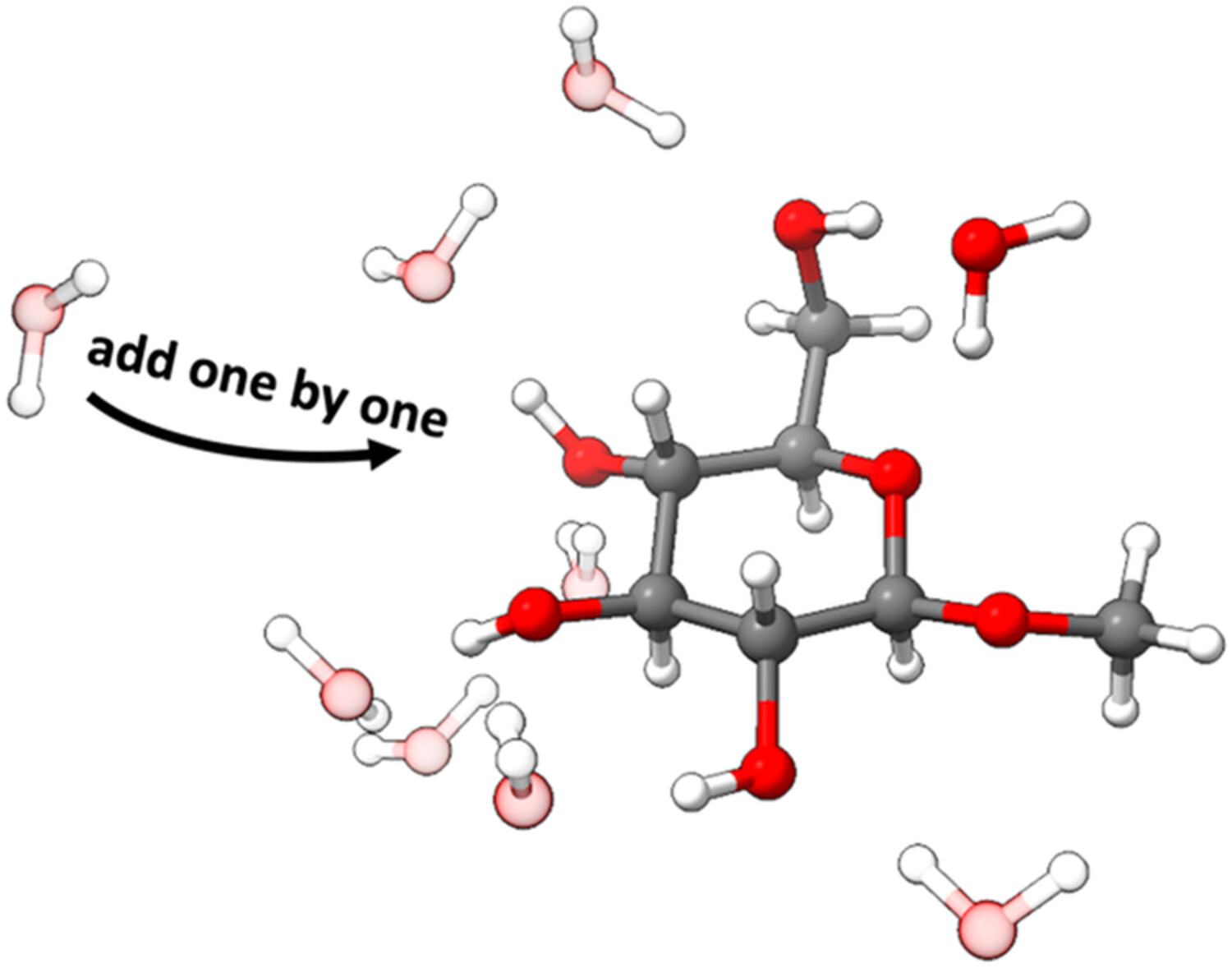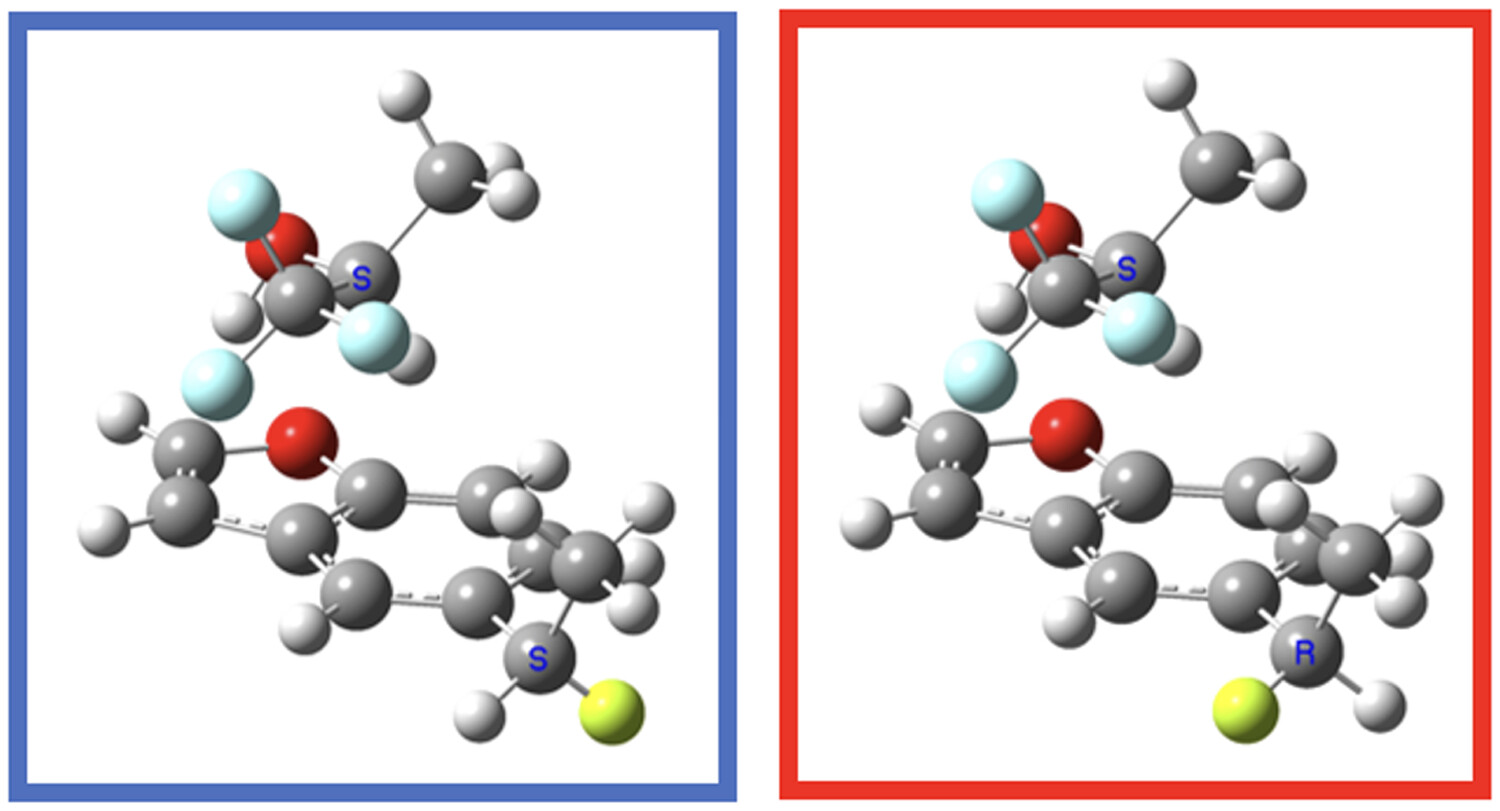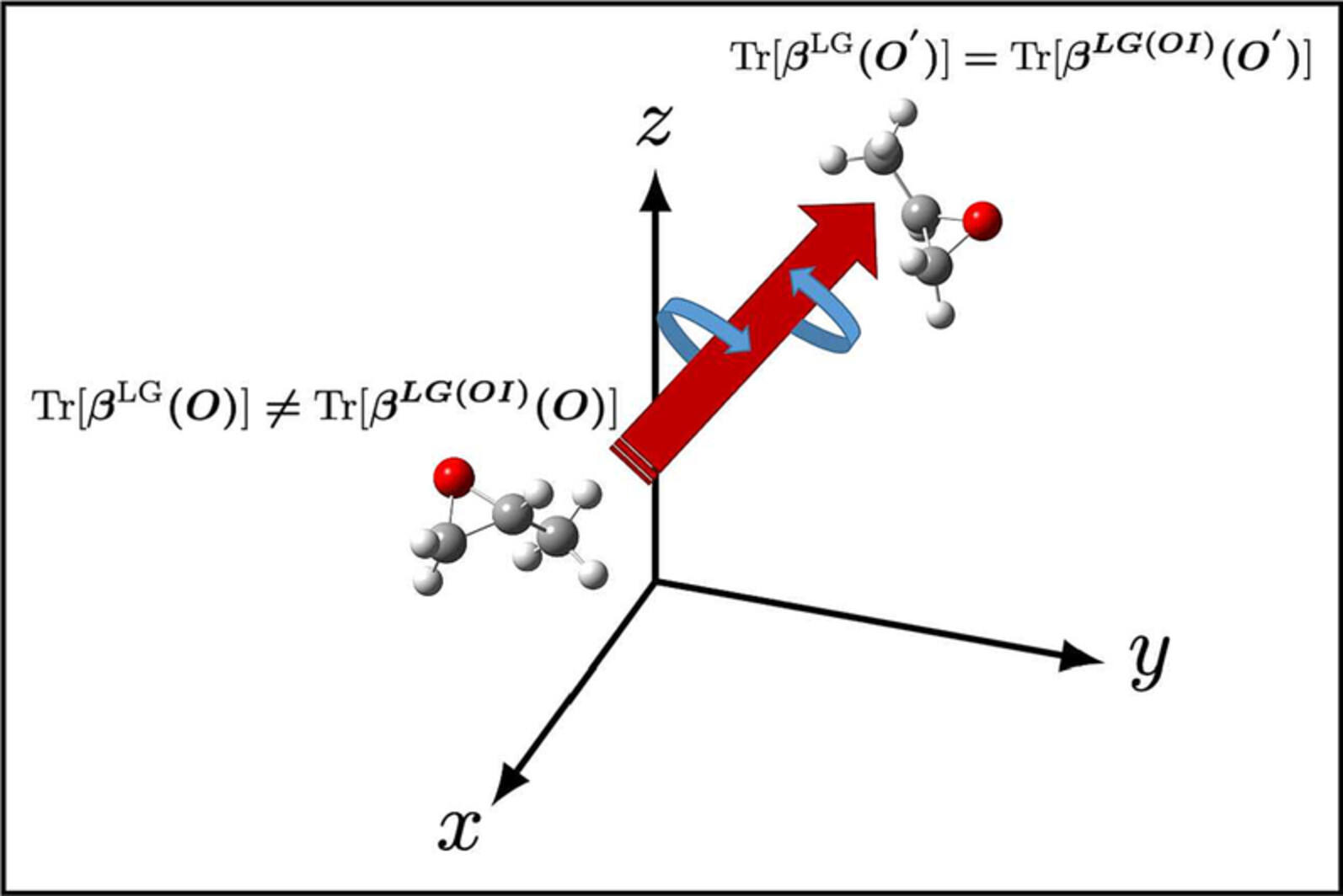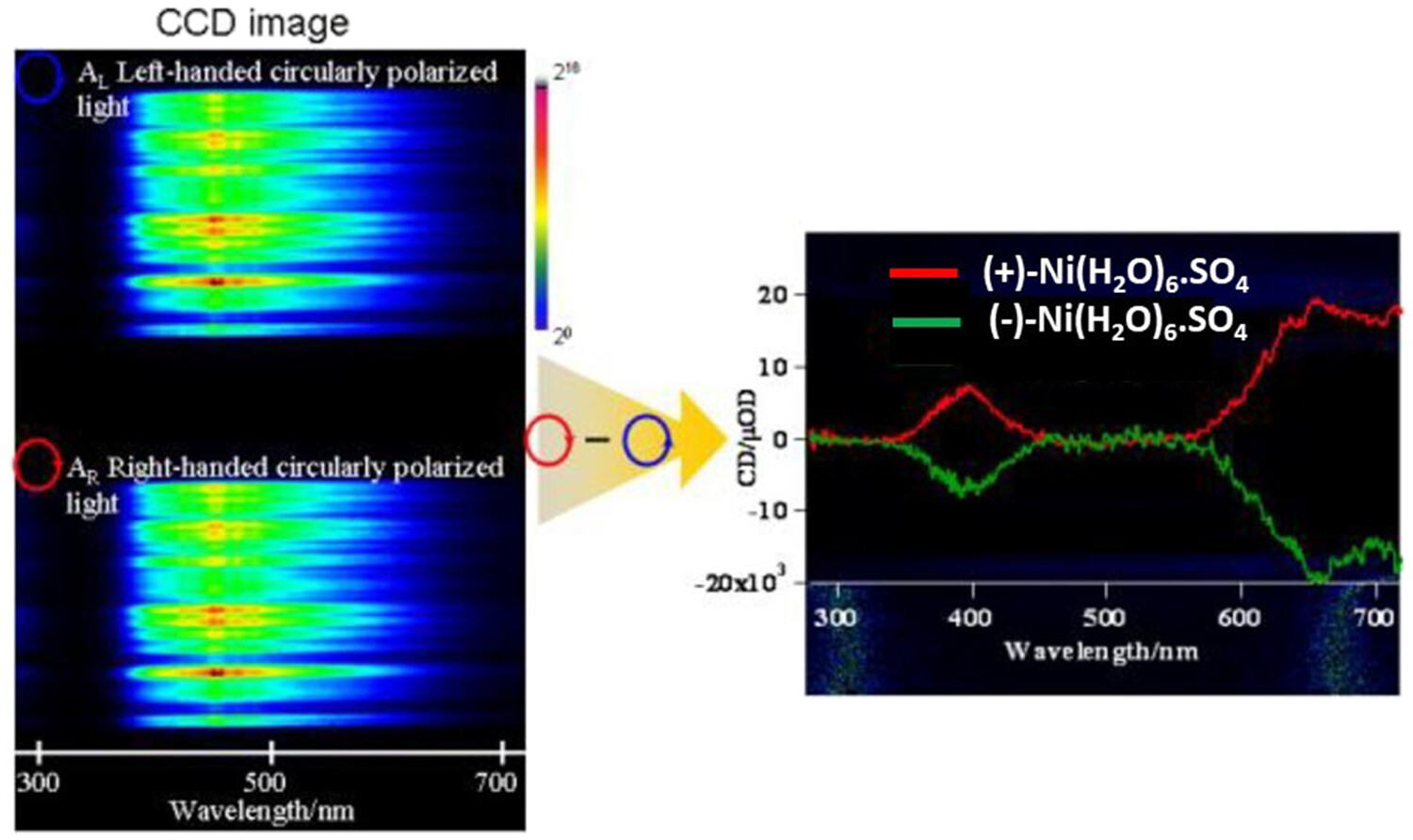Journal list menu
Export Citations
Download PDFs
Table of Contents
Spin polarization through axially chiral linkers: Length dependence and correlation with the dissymmetry factor
- First Published: 09 March 2023
DNA-induced circularly polarized luminescence of helicene racemates
- First Published: 13 April 2023
Stereochemistry-activity relationship of ceramide-induced exosome production to clear amyloid-β in Alzheimer's disease
- First Published: 13 April 2023
Enantiomeric discrimination by chiral electromagnetic resonance enhancement
- First Published: 04 May 2023
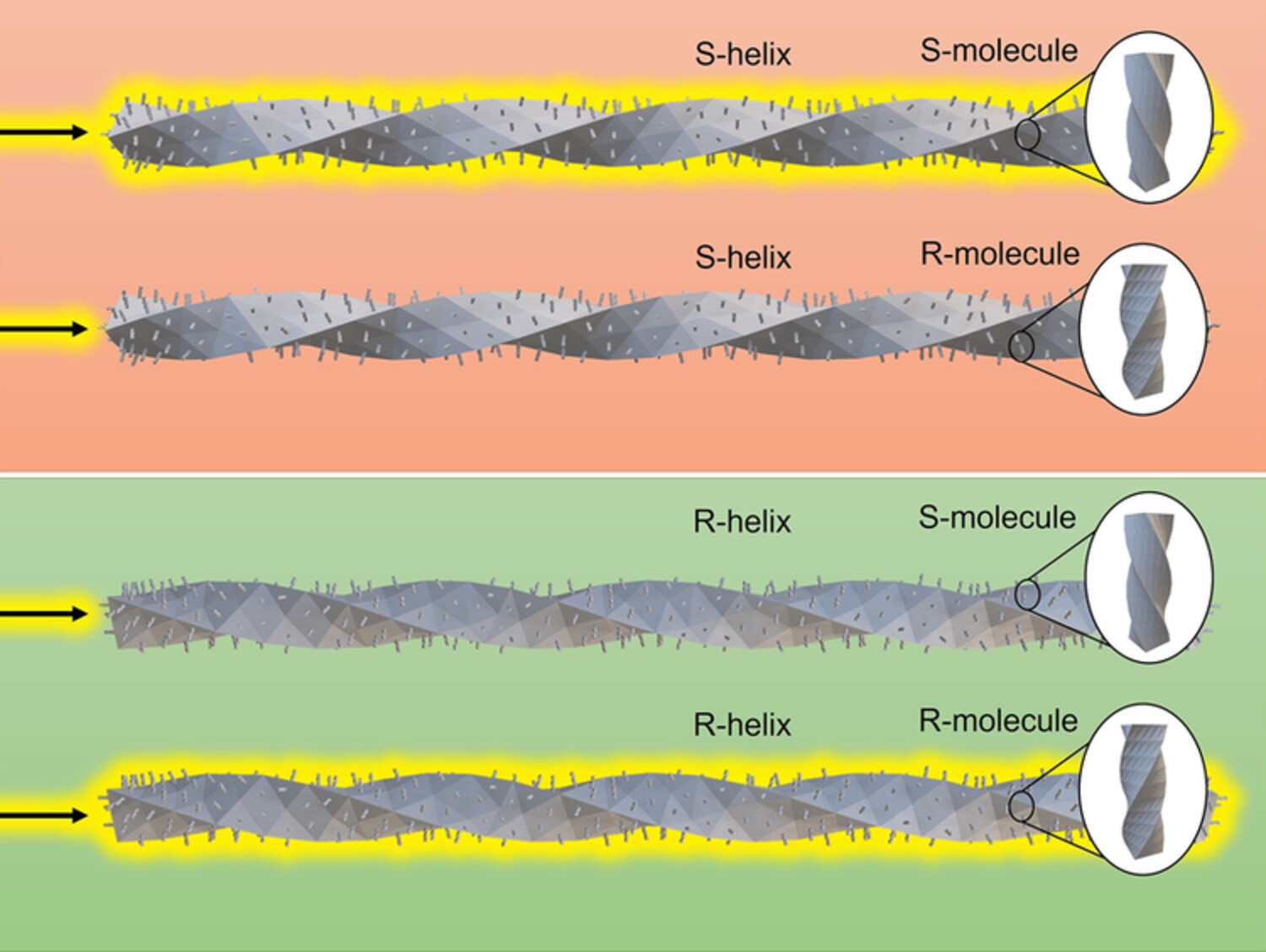
The origin of enantiomeric discrimination arising because of the interaction between gold tetrahelices and molecules with helical chirality is explained based on scattered field enhancement. Weakly scattering chiral molecules are detectable in the near vicinity of gold tetrahelices upon illumination by a plane polarized electromagnetic wave.
In situ study of chiral symmetry breaking in sodium chlorate solutions by Mueller matrix polarimetry
- First Published: 23 April 2023
Characterization of membrane-interaction mechanisms of proteins using vacuum-ultraviolet circular dichroism spectroscopy
- First Published: 07 July 2023
Infrared and vibrational circular dichroism spectra of methyl β-D-glucopyranose in water: The application of the quantum cluster growth and clusters-in-a-liquid solvation models
- First Published: 10 May 2023
Can we still measure circular dichroism with circular dichroism spectrometers: The dangers of anisotropic artifacts
- First Published: 18 June 2023
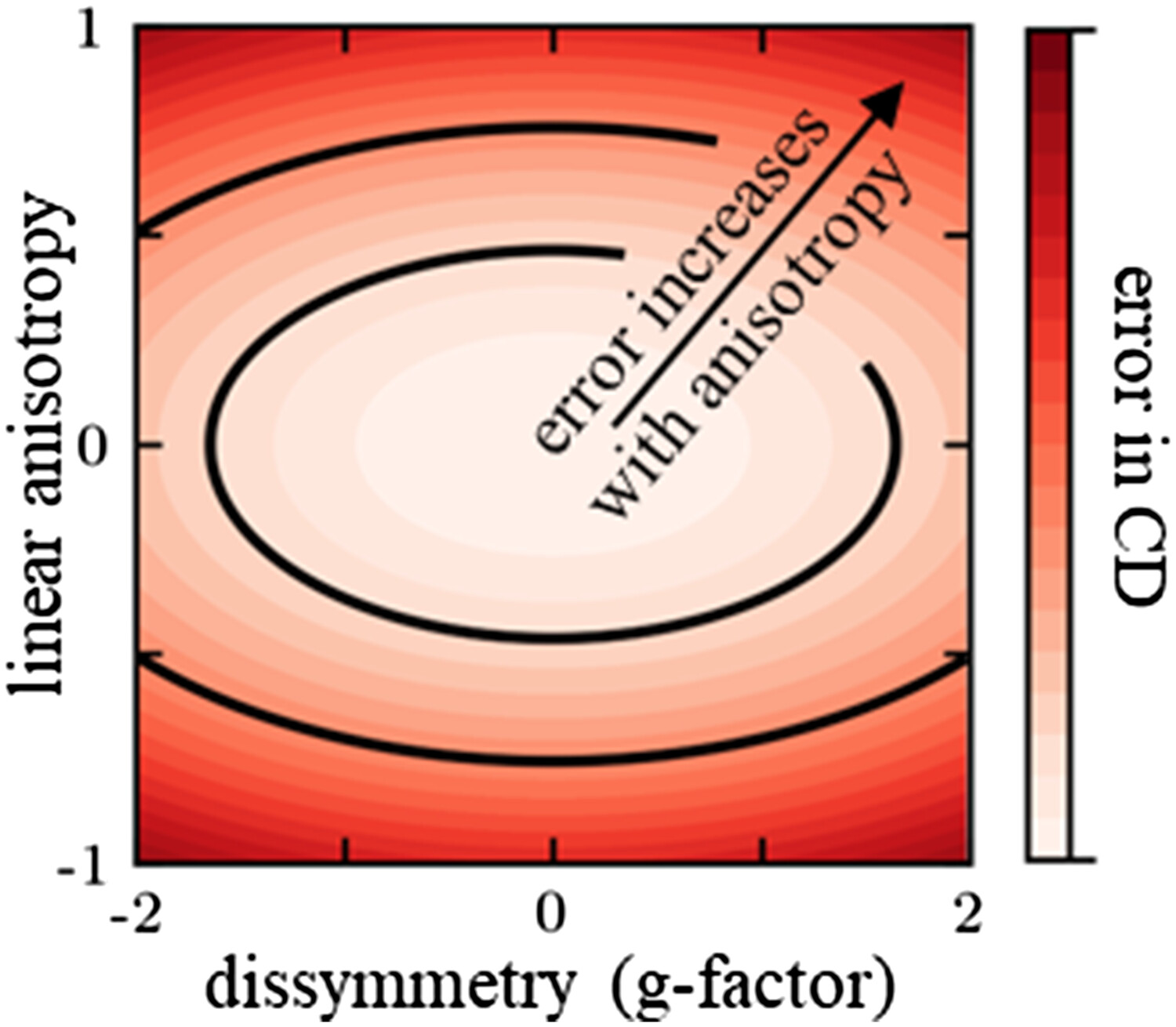
Approximating the exponential form of the Mueller matrix to higher-order (i.e., higher accuracy) reveals spurious contributions to circular dichroism spectra. We demonstrate that highly anisotropic samples are most susceptible to these interference effects, which, unlike LDLB effects, cannot be removed from spectra through averaging.
Assignment of the absolute configuration of molecules that are chiral by virtue of deuterium substitution using chiral tag molecular rotational resonance spectroscopy
- First Published: 05 June 2023
On the choice of coordinate origin in length gauge optical rotation calculations
- First Published: 03 May 2023
Comparative rotatory power of bent and twisted polyynes
- First Published: 25 May 2023
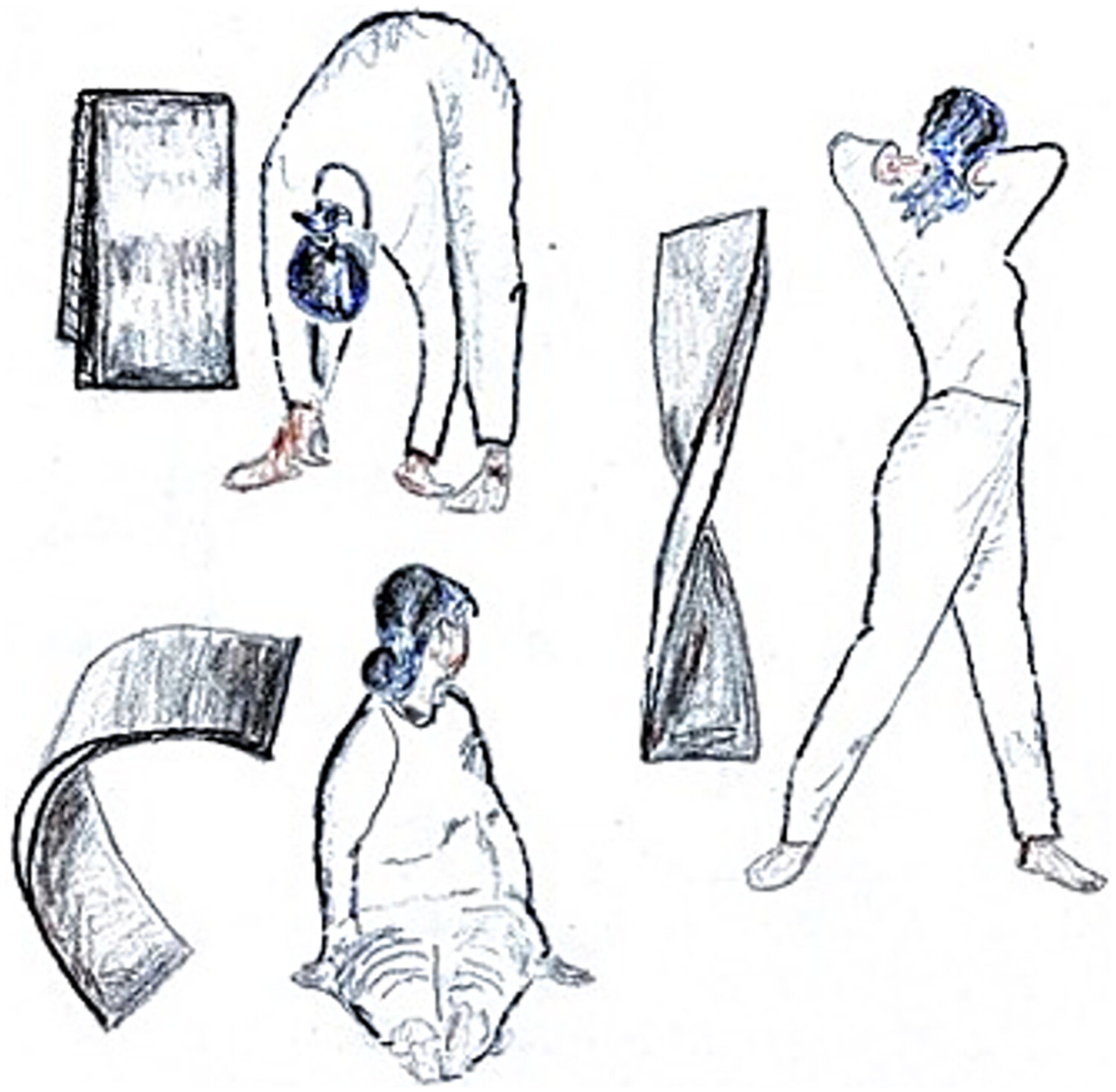
What kinds of distortions of a linear chromophore are most generative of optical activity? It is shown that bending, a decidedly achiral, in-plane deformation, is strongly generative of gyration in oriented structures whereas the subsequent introduction of helical twisting serves only to diminish the initial response.
Isolated and solvated chiroptical behavior in conformationally flexible butanamines
- First Published: 13 June 2023
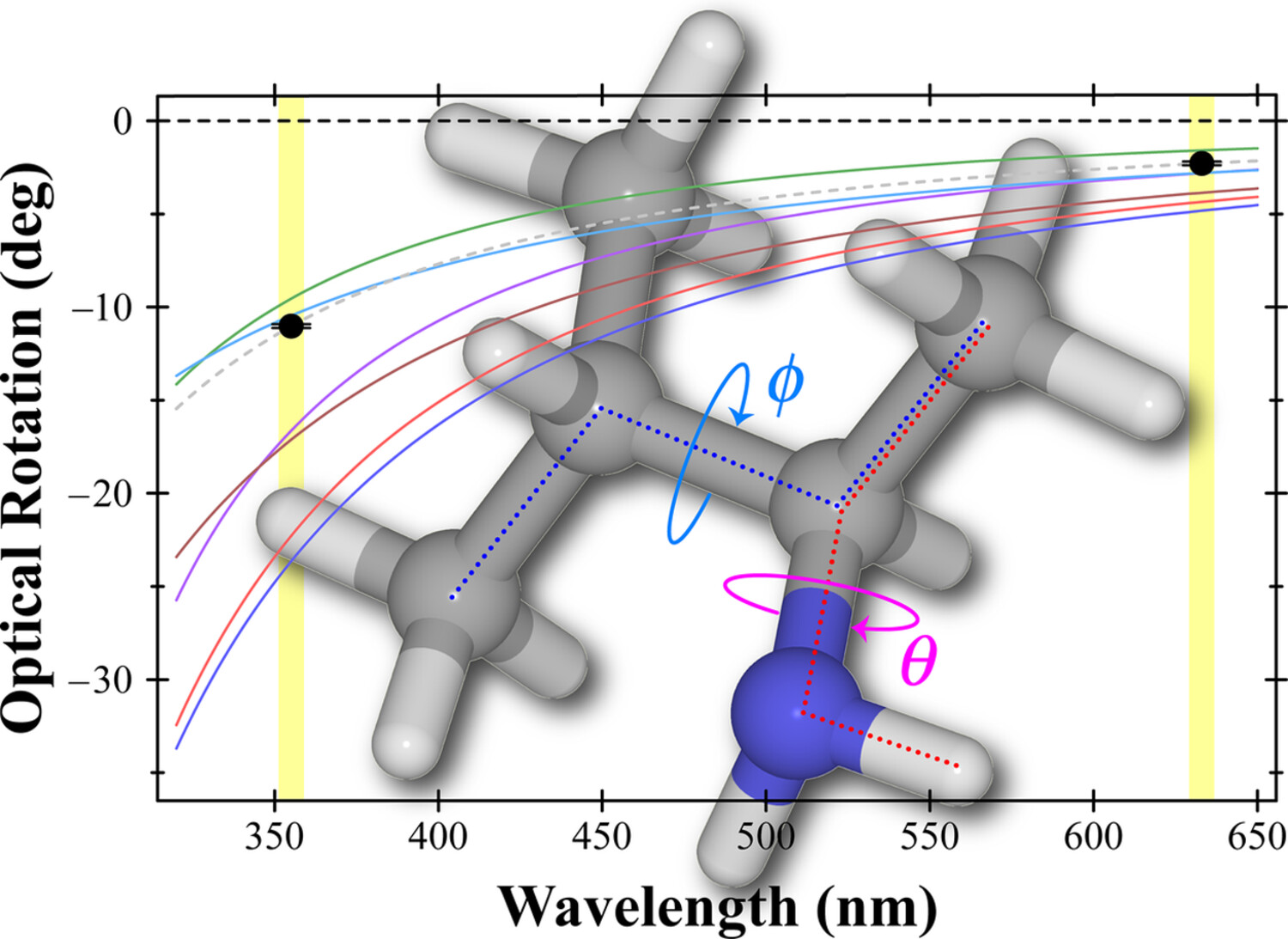
The dispersive optical activity of two flexible aliphatic amines was measured under isolated and solvated conditions with variants of the independent-conformer ansatz used to interpret findings. Although reasonable vapor-phase predictions of ensemble-averaged response were possible, poor simulations of solution-phase behavior were attributed to a putative breakdown of the isolated-conformer premise.
Development of robust chiroptical systems through spirobifluorenes
- First Published: 12 October 2023
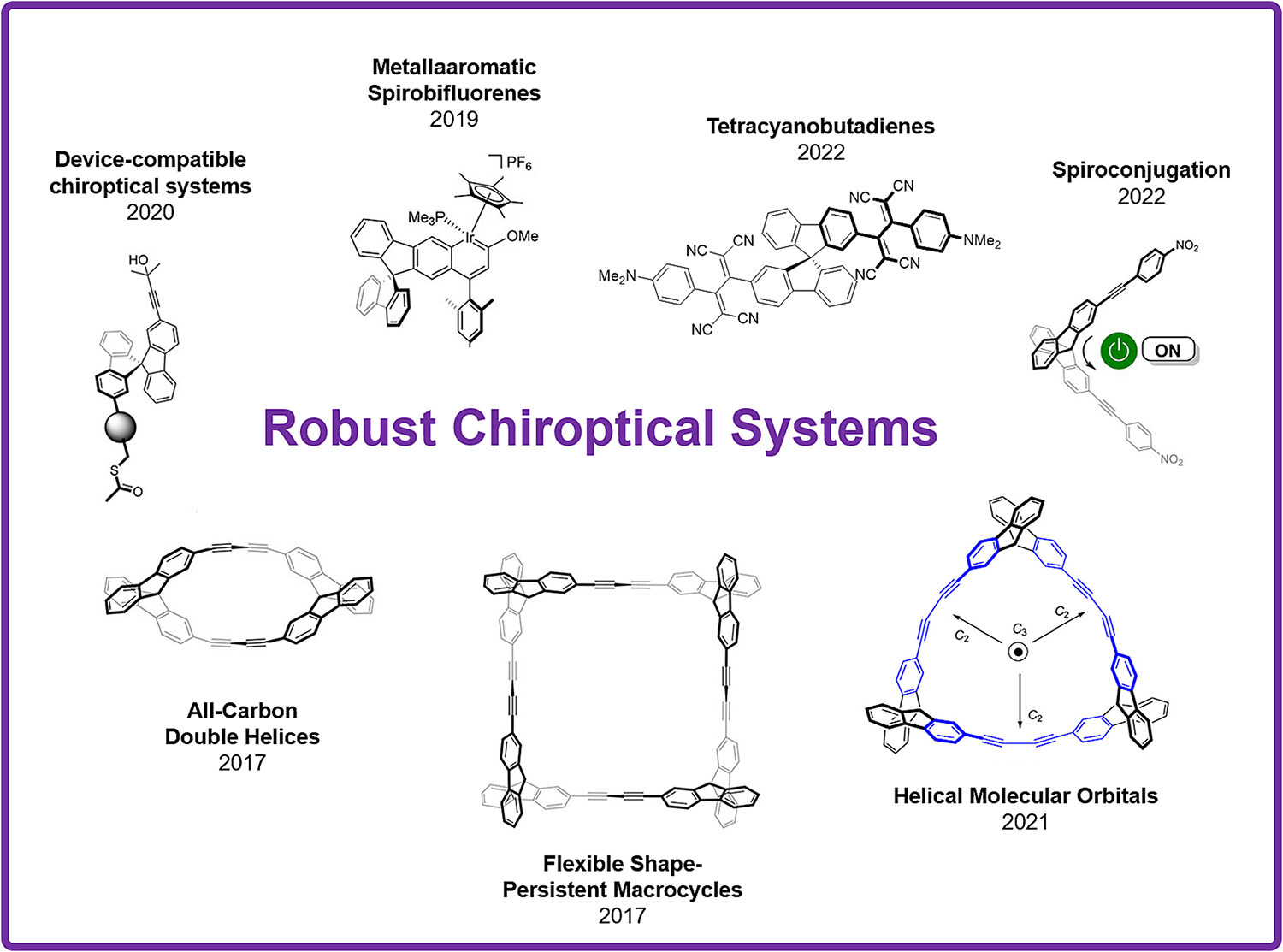
Chiral spirobifluorenes (SBFs) can be used to create chiroptical systems with high thermal stability and chiroptical responses. Some recent examples are as follows: SBFs with metal-containing aromatic rings, tetracyanobutadiene SBFs, SBFs with tunable spiroconjugation, all-carbon double helices, flexible shape-persistent macrocycles, and macrocycles presenting helical molecular orbitals.
Fast and artifact-free circular dichroism measurement of solid-state structural changes
- First Published: 05 October 2023





